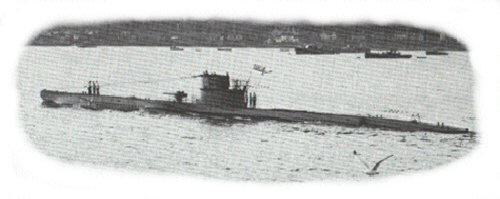
NAVYPEDIA
 Support the project with paypal
Support the project with paypal
Photo

Graph
Ships
| Name | No | Yard No | Builder | Laid down | Launched | Comp | Fate |
|---|---|---|---|---|---|---|---|
| Graph, 1942 - P715 (ex-U570) | P715 | Blohm & Voss, Hamburg, Germany | 5.1940 | 20.3.1941 | 5/1941 // 9.1941 | wrecked 20.3.1944 |
Technical data
| Max speed, kts, kn | 17 / 7,6 |
|---|---|
| Displacement standard, t | --- |
| Displacement normal, t | 749 / 851 |
| Length, m | 67.1 |
| Breadth, m | 6.20 |
| Draught, m | 4.80 |
| No of shafts | 2 |
| Machinery | 2 diesels / 2 electric motors |
| Power, h. p. | 2800 / 750 |
| Fuel, t | diesel oil 114 |
| Endurance, nm(kts) | 8500(10) / 80(4) |
| Armament | 1 x 1 - 88/42 SK C/35, 1 x 1 - 20/65 SK C/30, 5 - 533 TT (4 bow, 1 stern, 11) |
| Electronic equipment | GHG sonar |
| Complement | 44 |
| Diving depth operational, m | 100 |
Standard scale images

Graph 1941
Graphics
Project history
Submarines of VII series became the most well-known submarines of World War II and the biggest class of submarines in history. They were presented by Kriegsmarine chiefs as practically ideal submarinee, combining powerful armament for their sizes, excellent manoeuvring qualities, very short diving time (25-20sec), significant endurance and relative cheapness of building.
They were designed on the basis of UB-III class coastal submarines of WWI period, but with hull lines of II series, which dimensions have been increased. Single-hulled, with adding of blisters for improvement of surface buoyancy and internal fuel tanks. The thickness of a pressure hull reached 18.5mm, that ensured operational diving depth to 100m and maximal to 200m.
Modernizations
None.
Naval service
German submarine U570 27.8.1941 was damaged by Hudson aircraft of 269th RAF sqn and Catalina of RAF 209th sqn S of Iceland, has hung out the flag of truce; she was captured by RN trawler Northern Chief and escort destroyer Burwell, repaired and commissioned by RN in September. Used for training. She ran aground on the West coast of the Island of Islay, Scotland 20.3.1944.
 HOME
HOME FIGHTING SHIPS OF THE WORLD
FIGHTING SHIPS OF THE WORLD UNITED KINGDOM
UNITED KINGDOM SUBMARINES
SUBMARINES "VIIC series" ex-German submarine (GRAPH) (1, 1941 / 1941)
"VIIC series" ex-German submarine (GRAPH) (1, 1941 / 1941)
